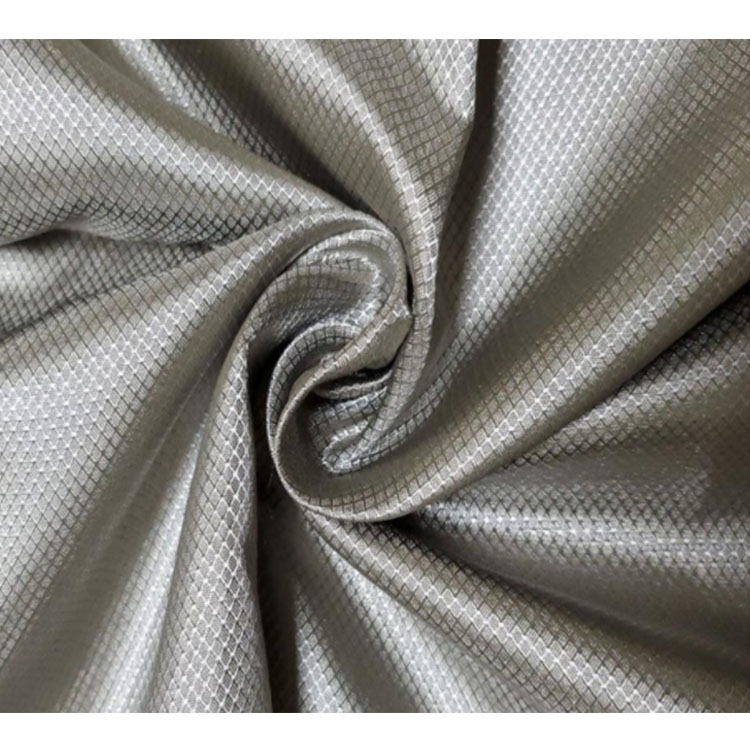High frequency absorbing materialsIt is a special material that can effectively absorb high-frequency electromagnetic waves and convert them into other forms of energy. In the frequency range of 50MHz to 10GHz, due to the characteristics of electromagnetic waves, the research and application of high-frequency absorbing materials have become particularly important.
At present, high-frequency absorbing materials are mainly divided into two categories:
Metal matrix compositeAnd non-metallic composite materials. Among them, metal based composite materials usually use metals such as iron, nickel, and cobalt as the main absorbing components, while non-metal based composite materials use certain specific organic or inorganic materials, such as carbon fiber, iron oxide, etc.
In the frequency range of 50MHz~10GHz, various high-frequency absorbing materials have good absorption performance. However, different materials have differences in absorption peak, broadband performance, thickness, quality, stability, and other aspects. Therefore, when selecting materials, a comprehensive evaluation should be conducted based on specific application requirements.
Currently, high-frequency absorbing materials are widely used in military radar, aircraft stealth technology, electromagnetic wave shielding, electromagnetic compatibility, and other fields. In the future, with the continuous development and widespread application of high-frequency technology, the research and application of high-frequency absorbing materials will also present a broader prospect.
In addition to metal based and non-metal based composite materials, there are other types of high-frequency absorbing materials, such as polymer based, ceramic based, nanomaterials, etc. These materials have their own characteristics and application fields. For example, polymer based materials are widely used in EMI shielding, noise filtering, and other aspects of electronic products, while ceramic based materials are used as wear-resistant and corrosion-resistant coatings in high-temperature environments.

In practical applications, high-frequency absorbing materials need to be customized according to different needs. The absorption performance of materials is influenced by multiple factors such as material composition, structure, thickness, etc. Therefore, it is necessary to select and design according to the actual usage environment and requirements. At the same time, the processing difficulty of high-frequency absorbing materials is relatively high, and there are high requirements for the preparation quality and stability of the materials.
Therefore, high-frequency absorbing materials in the frequency range of 50MHz to 10GHz are a very important technology. In the future, with the continuous development of high-frequency technology and the expansion of application fields, the research and application of high-frequency absorbing materials will be more extensive and in-depth.



